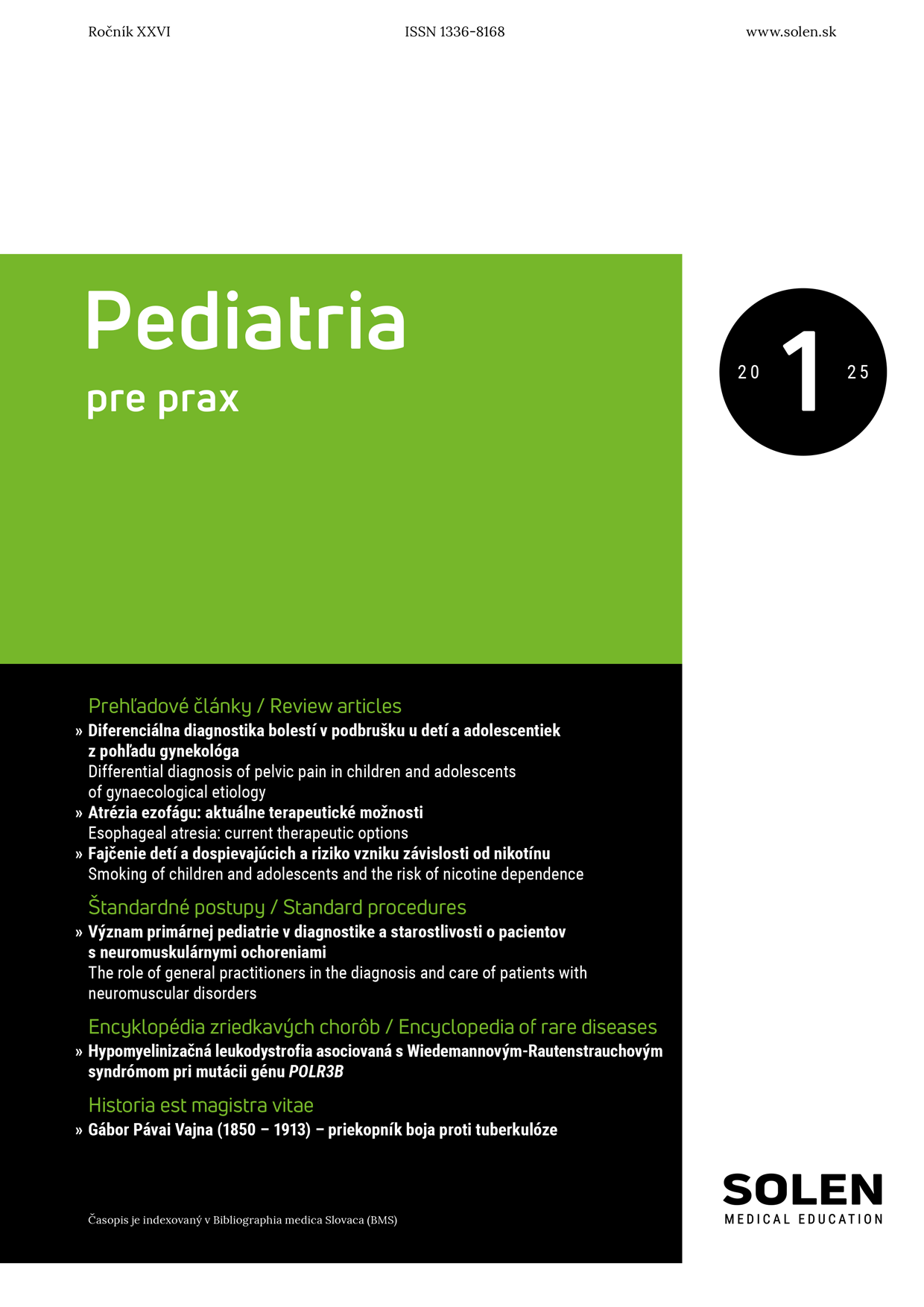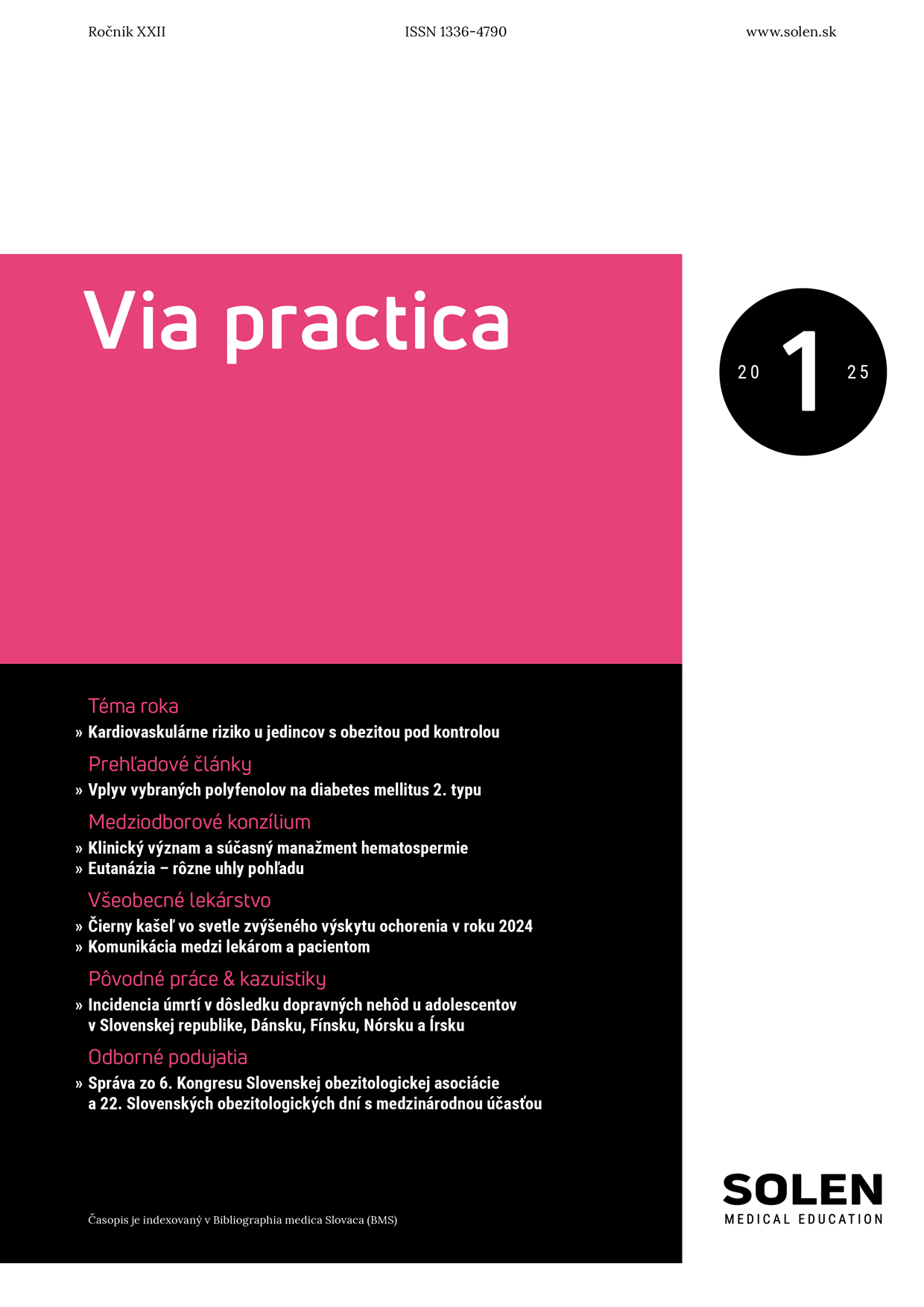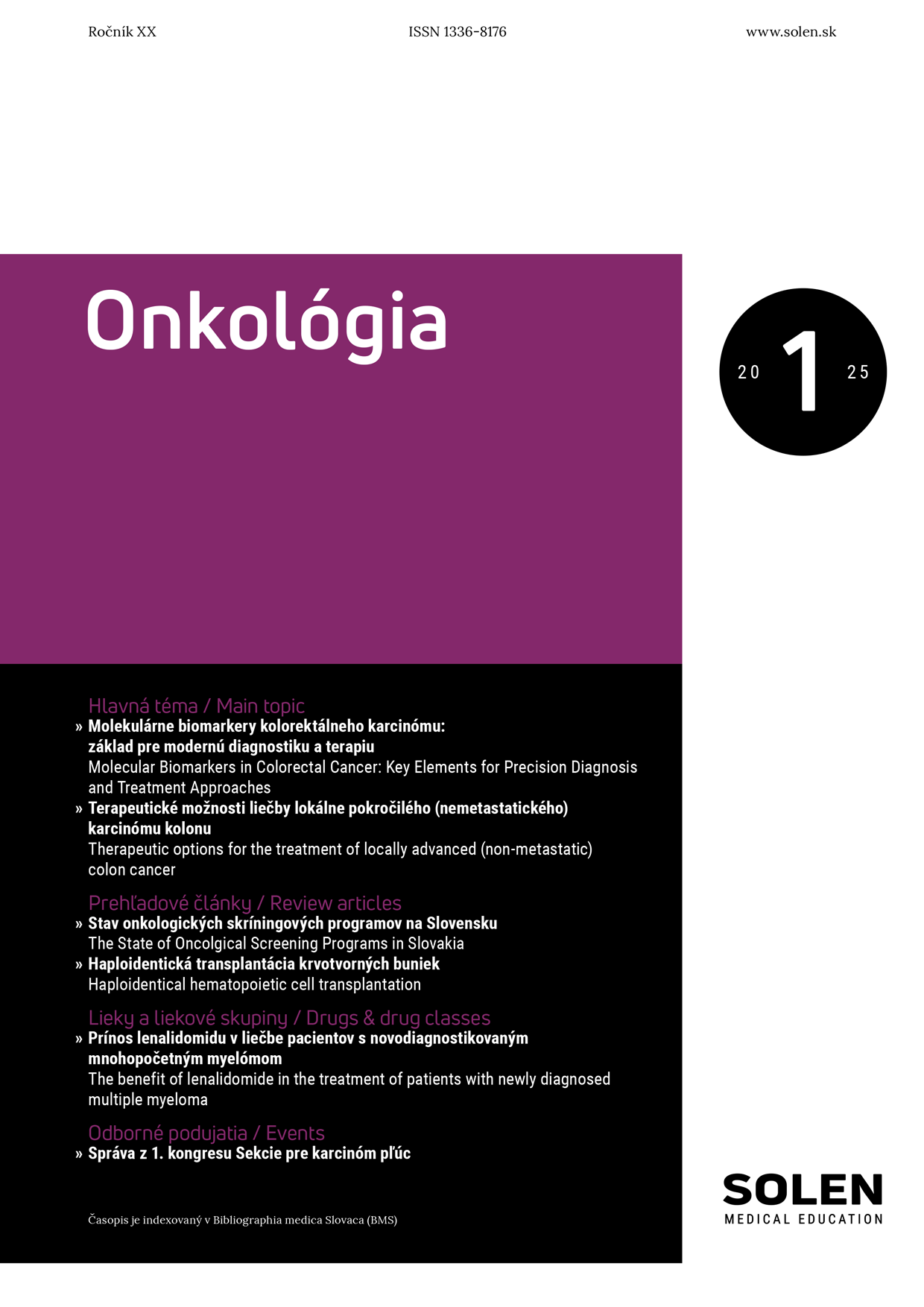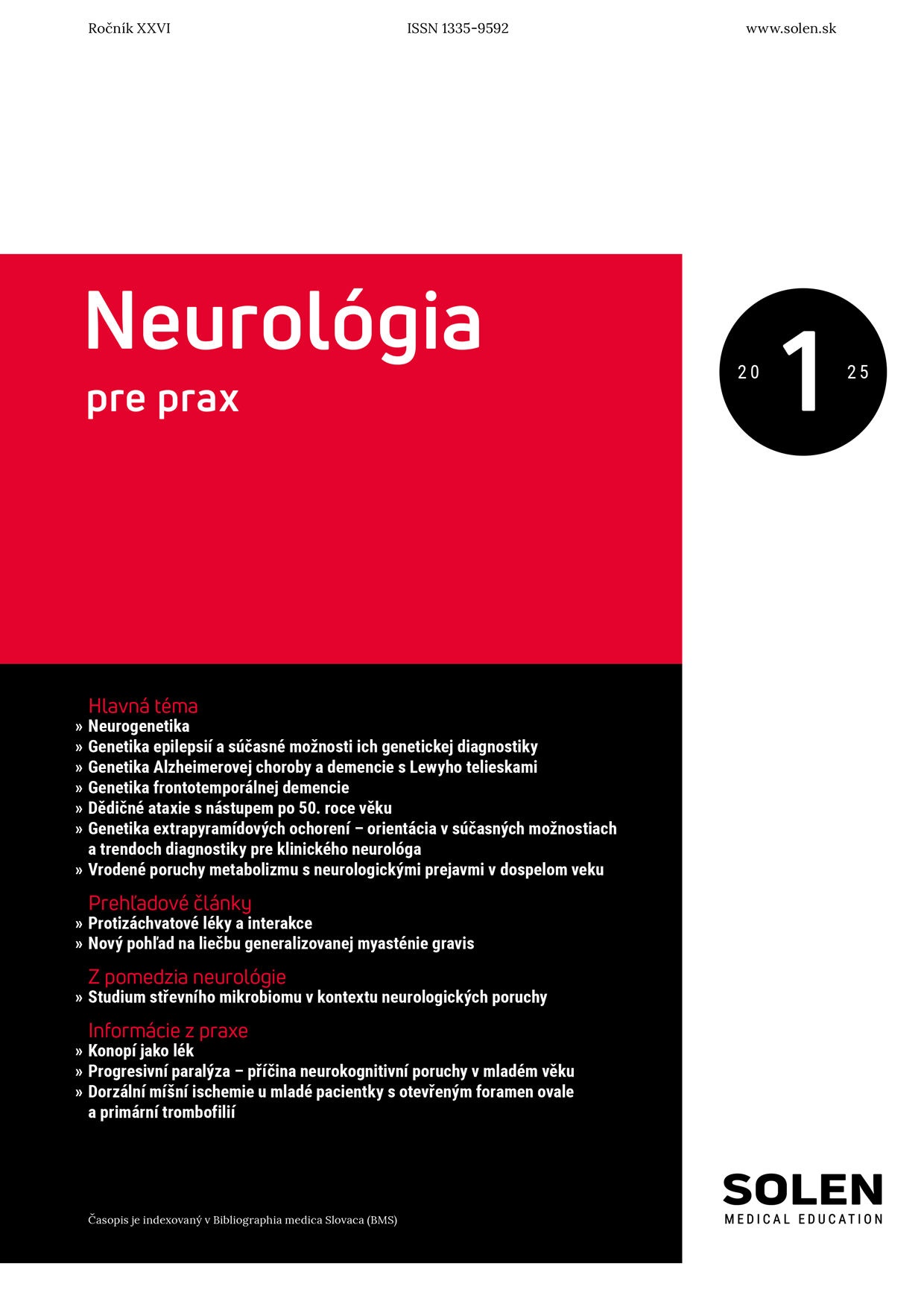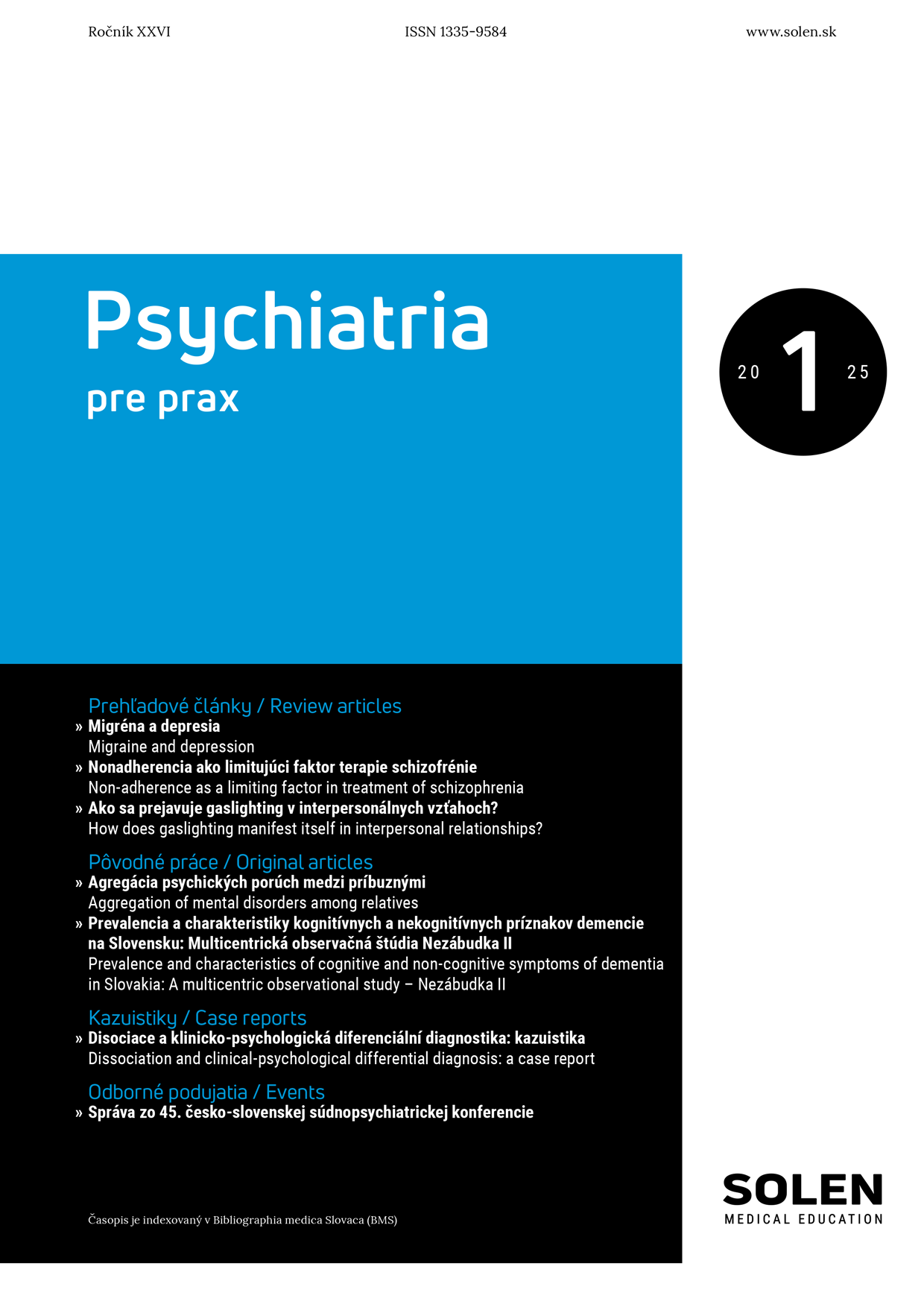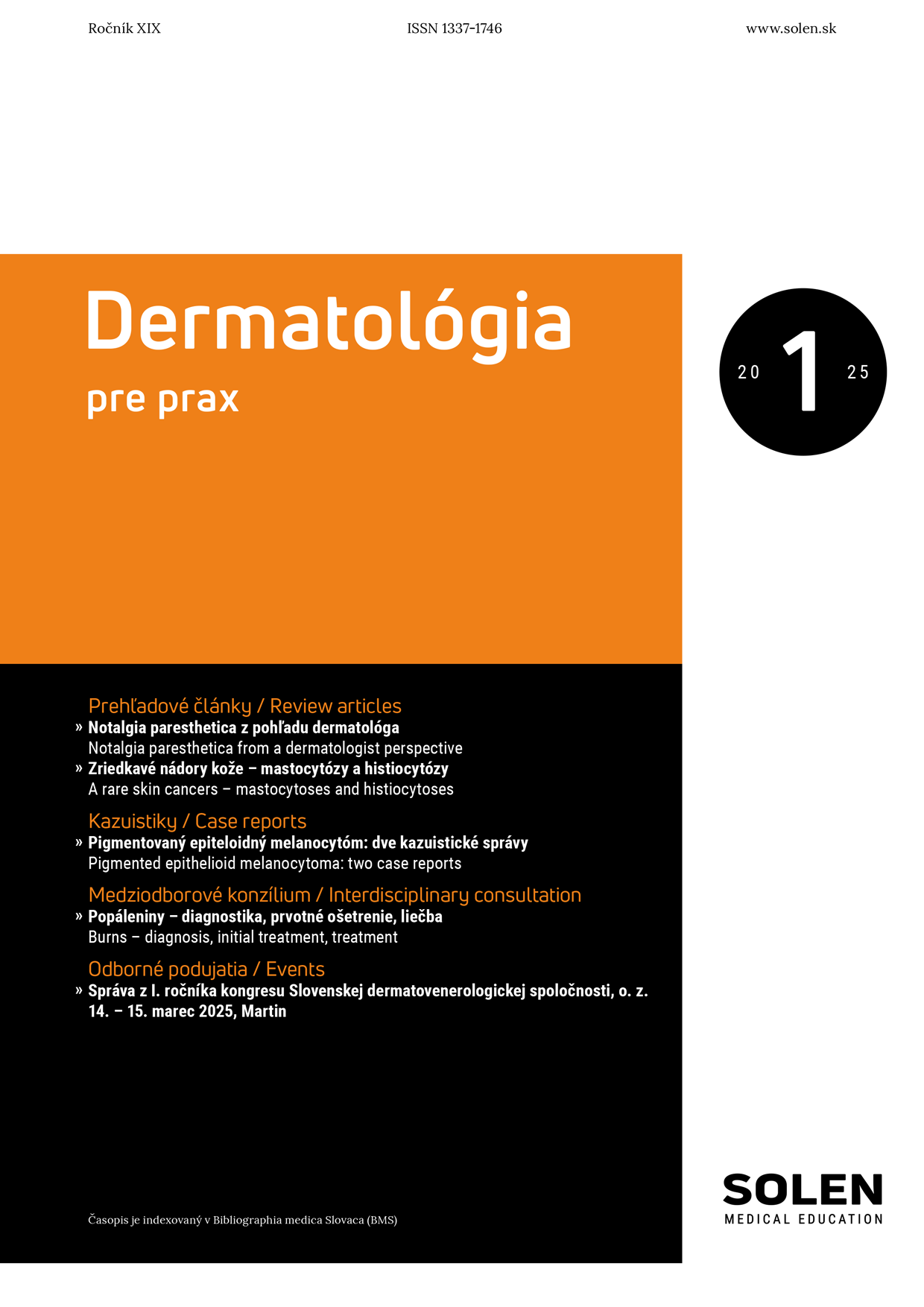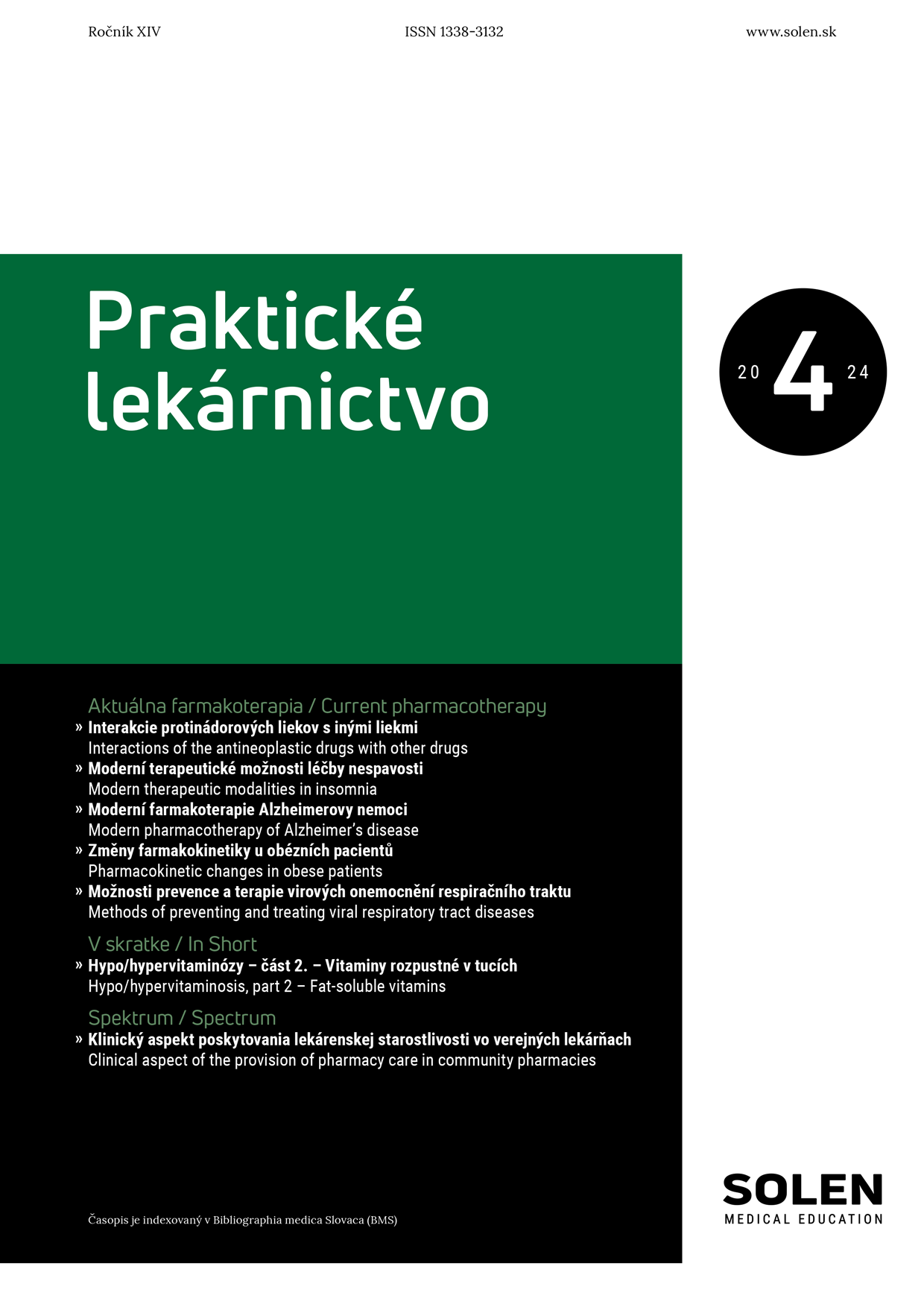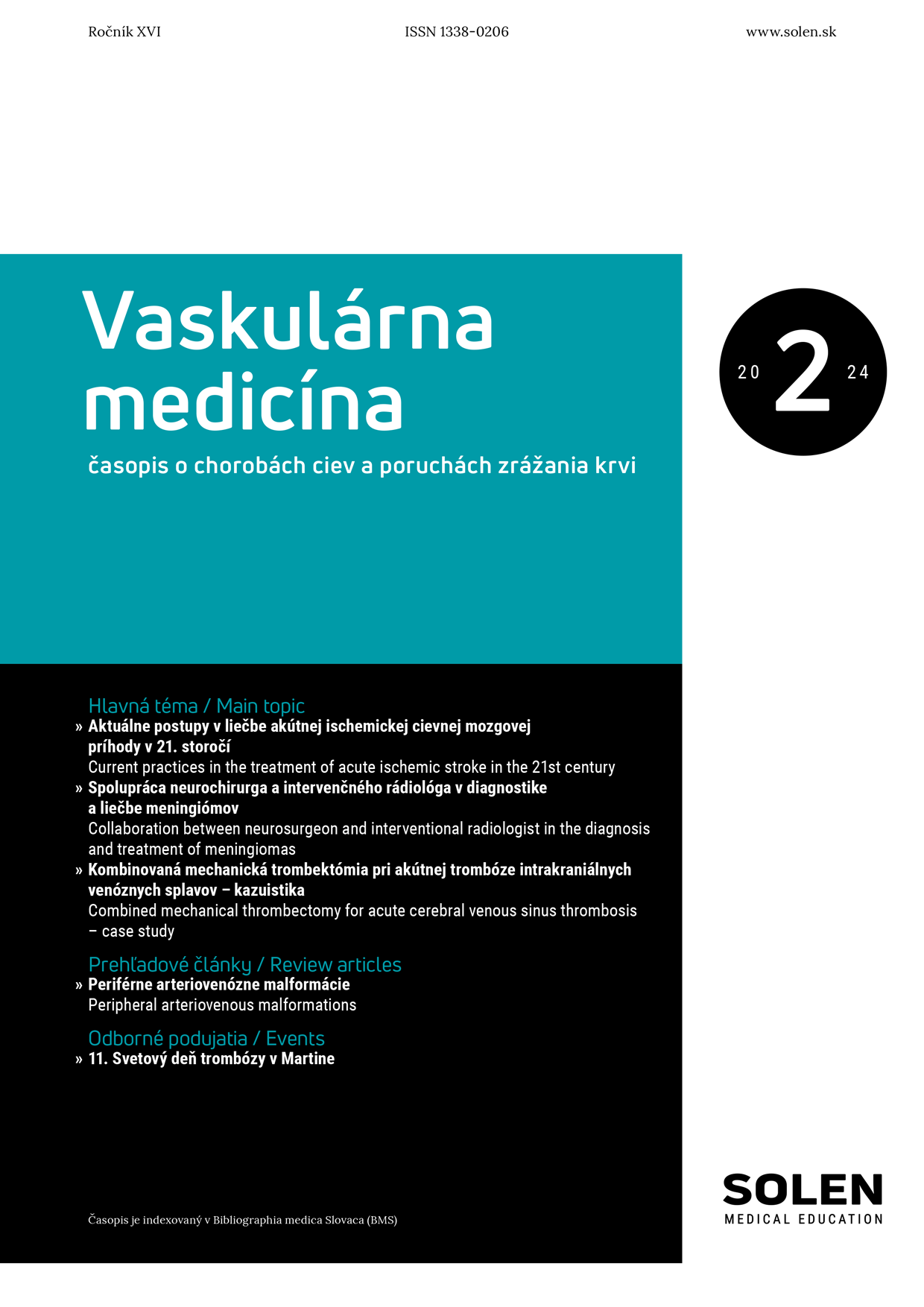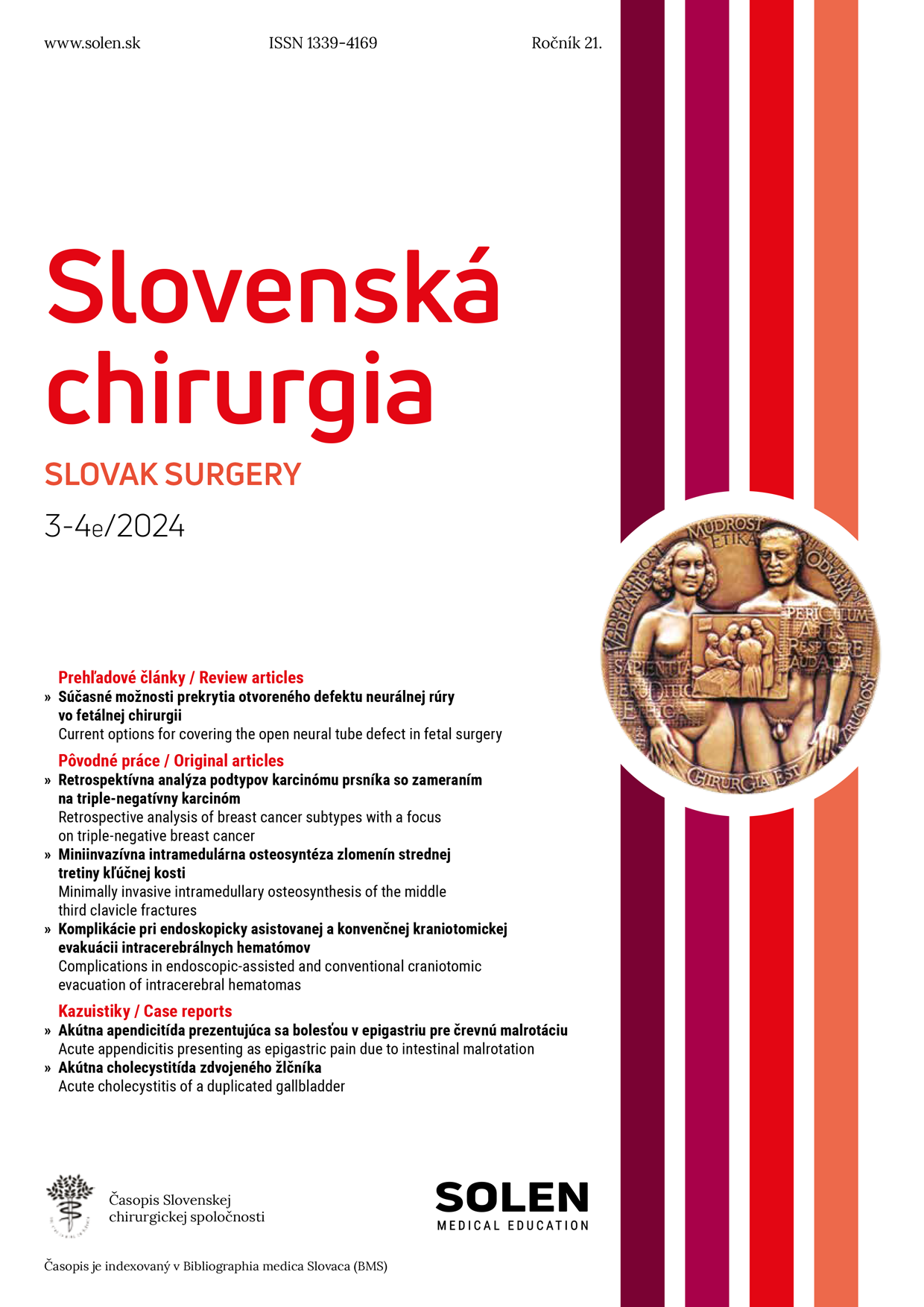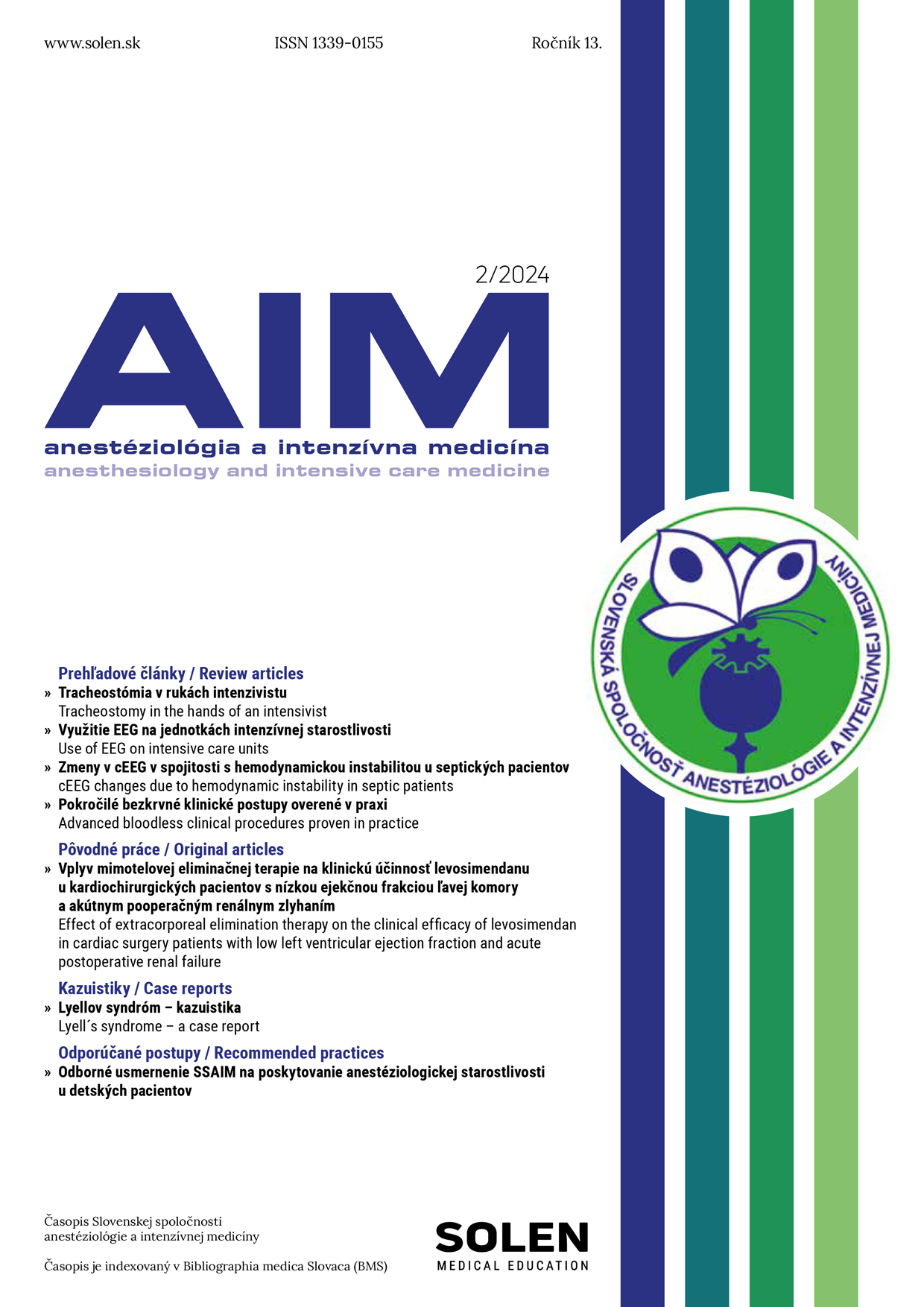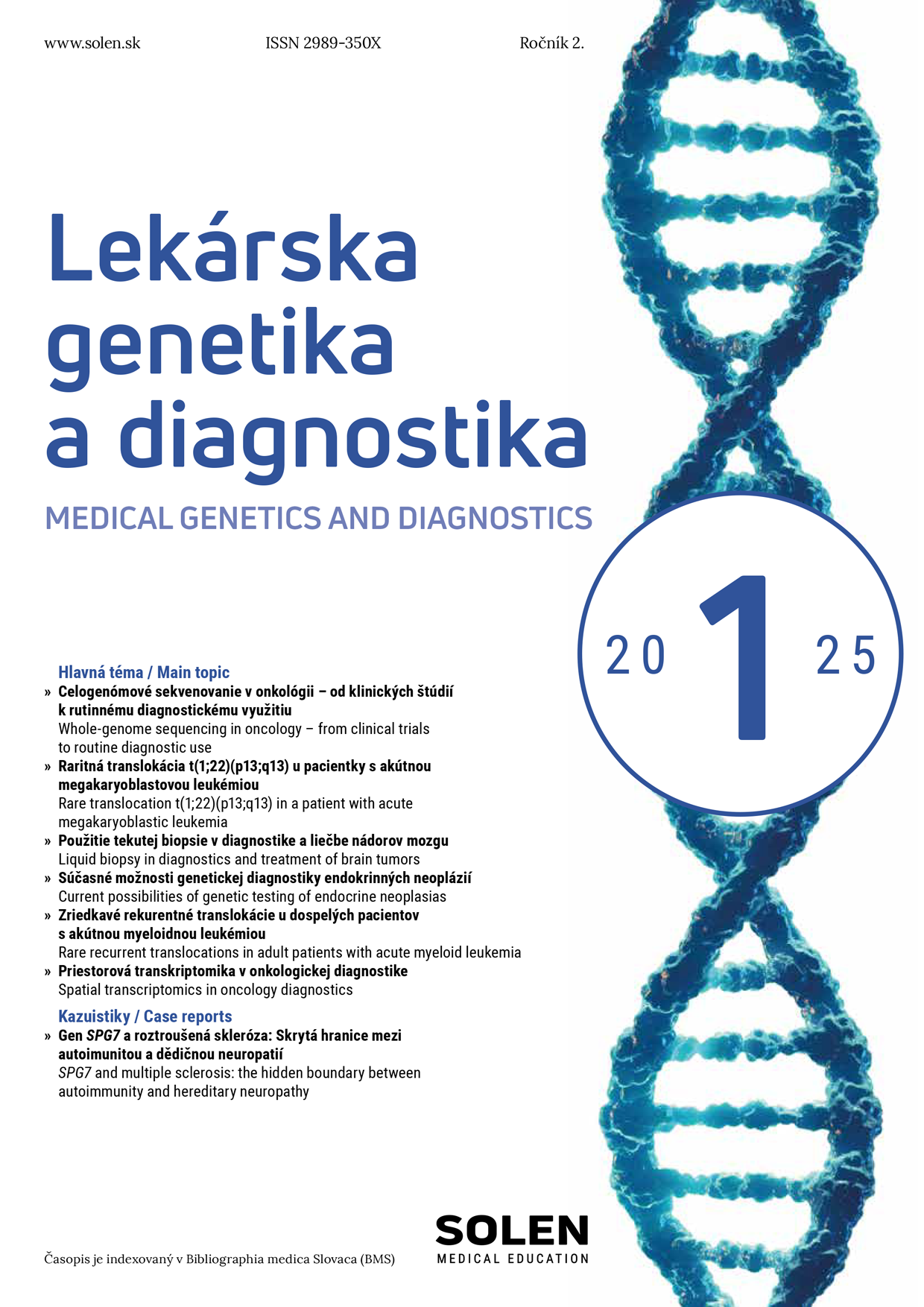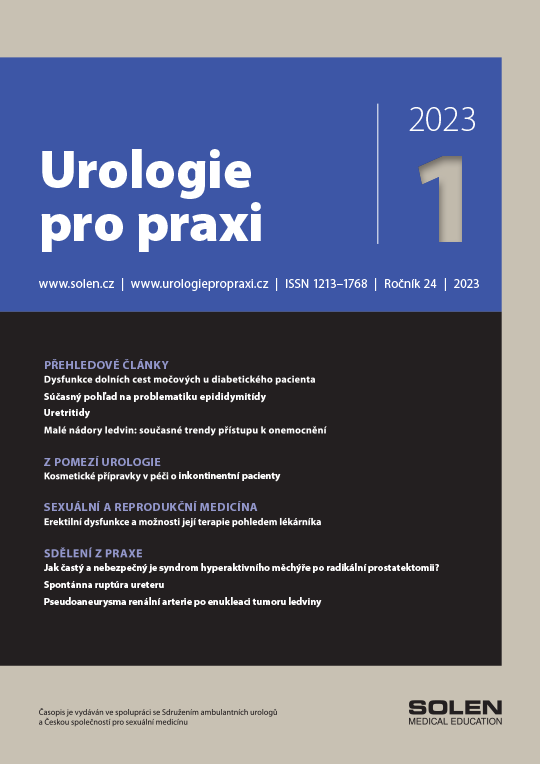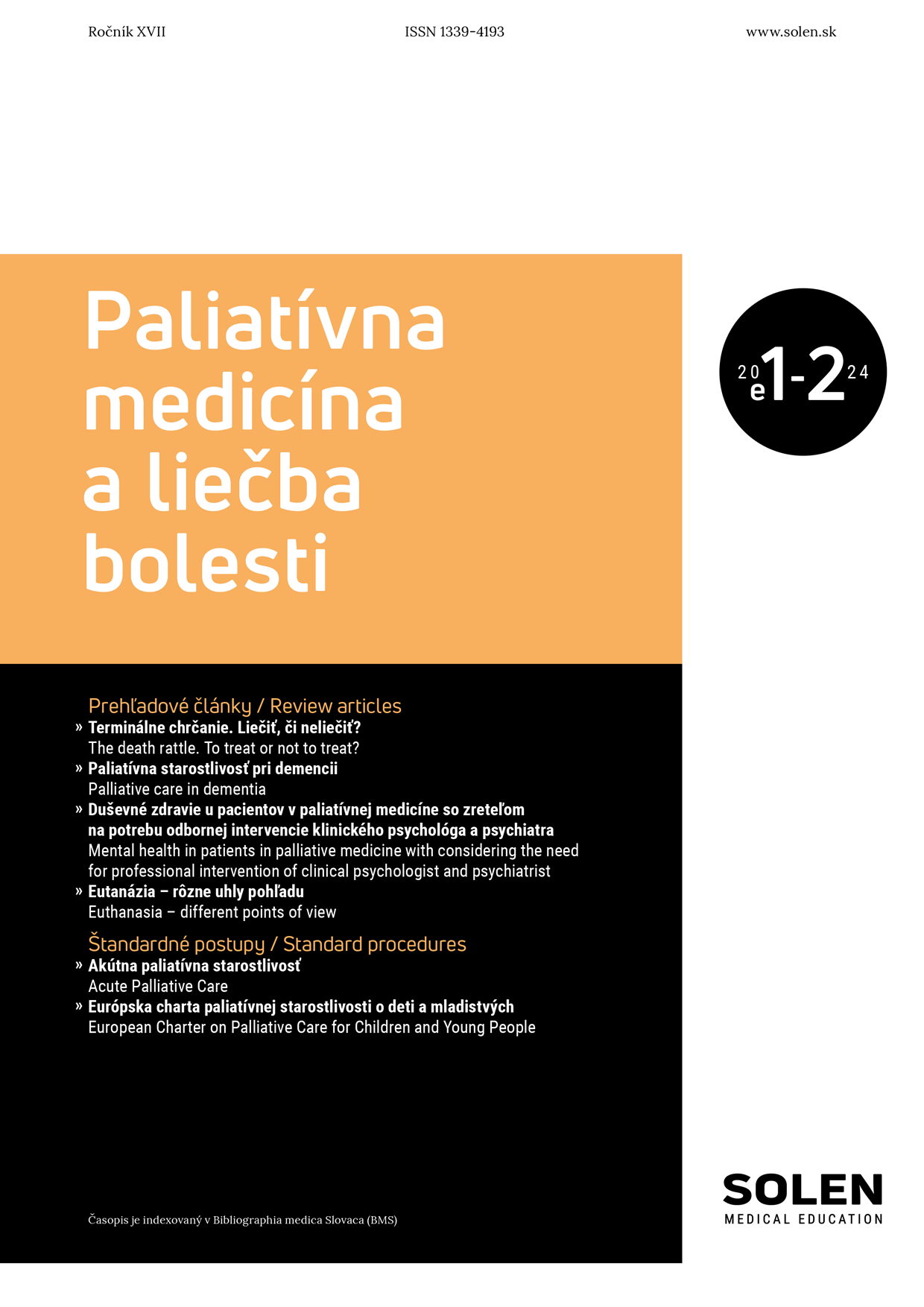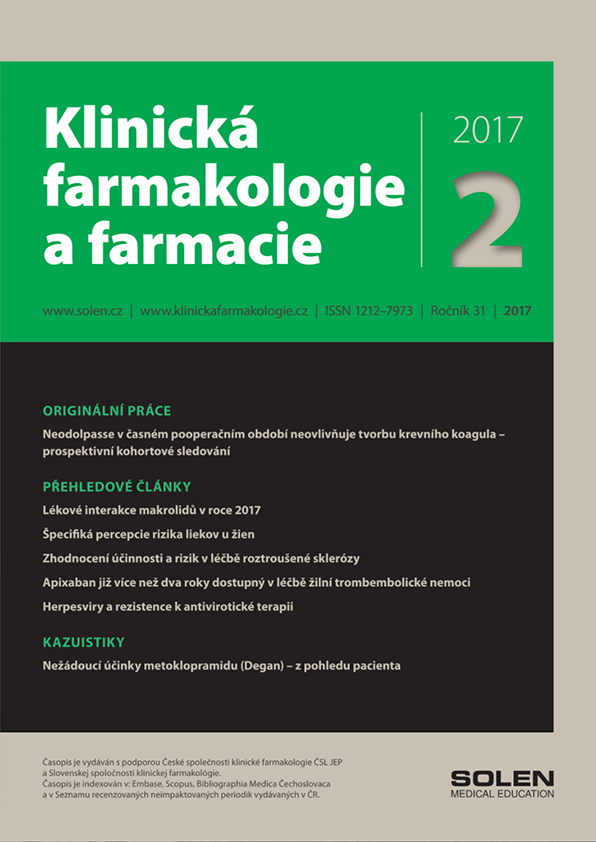Onkológia 1/2025
Haploidentická transplantácia krvotvorných buniek
Alogénna transplantácia krvotvorných buniek je etablovaná liečba pre širokú škálu hematologických ochorení a iných závažných porúch krvotvorby. Obmedzený prístup k vhodným darcom, najmä pre pacientov bez HLA (ľudské leukocytové antigény) identických darcov, viedol k rozvoju haploidentickej transplantácie. Haploidentická transplantácia sa odlišuje od klasickej alogénnej transplantácie mierou genetickej histokompatibility medzi darcom a príjemcom. Haploidentický darca je zhodný s príjemcom na 50 % v HLA znakoch, čo predstavuje výzvu pre imunitnú toleranciu, pretože rozdiely v histokompatibilných antigénoch môžu viesť k silnej imunitnej reakcii. Na úspešné vykonanie haploidentickej transplantácie je nevyhnutné zvládnuť imunitné mechanizmy, ako sú rejekcia štepu a choroba štepu proti hostiteľovi (GvHD), pričom je potrebné zachovať protinádorové účinky. Tento typ transplantácie sa stal kľúčovým terapeutickým prístupom pri liečbe mnohých pacientov s hematologickými malignitami a umožňuje širší prístup k darcom, najmä v populáciách, kde je menej pravdepodobné nájsť úplne HLA zhodného darcu. Tento článok sa zameriava na pokroky v haploidentickej transplantácii, mechanizmy imunitného zladenia a technológie na zníženie rizika rejekcie štepu a GvHD. Uvádza aj klinické výsledky a perspektívy budúceho výskumu v tejto oblasti.
Kľúčové slová: haploidentická transplantácia, HLA zhodný darca, rejekcia štepu, choroba štepu proti hostiteľovi
Haploidentical hematopoietic cell transplantation
Allogeneic hematopoietic cell transplantation is an established treatment for a wide range of hematological diseases and other serious disorders of hematopoietic system. However, limited access to suitable donors, especially for patients without a HLA (human leukocyte antigen) identical matched donor, has led to the development of haploidentical transplantation. Haploidentical transplantation differs from classical allogeneic transplantation in the degree of genetic histocompatibility between the donor and the recipient. A haploidentical donor is 50% identical to the recipient in HLA markers, which poses a challenge for immune tolerance, as differences in histocompatibility antigens can lead to a strong immune response. For the successful implementation of haploidentical transplantation, it is essential to overcome immune mechanisms such as graft rejection and graft-versus-host disease (GvHD) while maintaining antitumor effects. This type of transplantation has become a key therapeutic approach in the treatment of many patients with hematological malignancies, allowing for wider access to donors, especially in populations where it is less likely to find a completely HLA-matched donor. This article focuses on advances in haploidentical transplantation, mechanisms of immune tolerance, technologies to reduce the risk of graft rejection and GvHD. I also report clinical results and perspectives for future research in this area.
Keywords: haploidentical transplantation, HLA-matched donor, graft rejection, graft-versus-host disease


